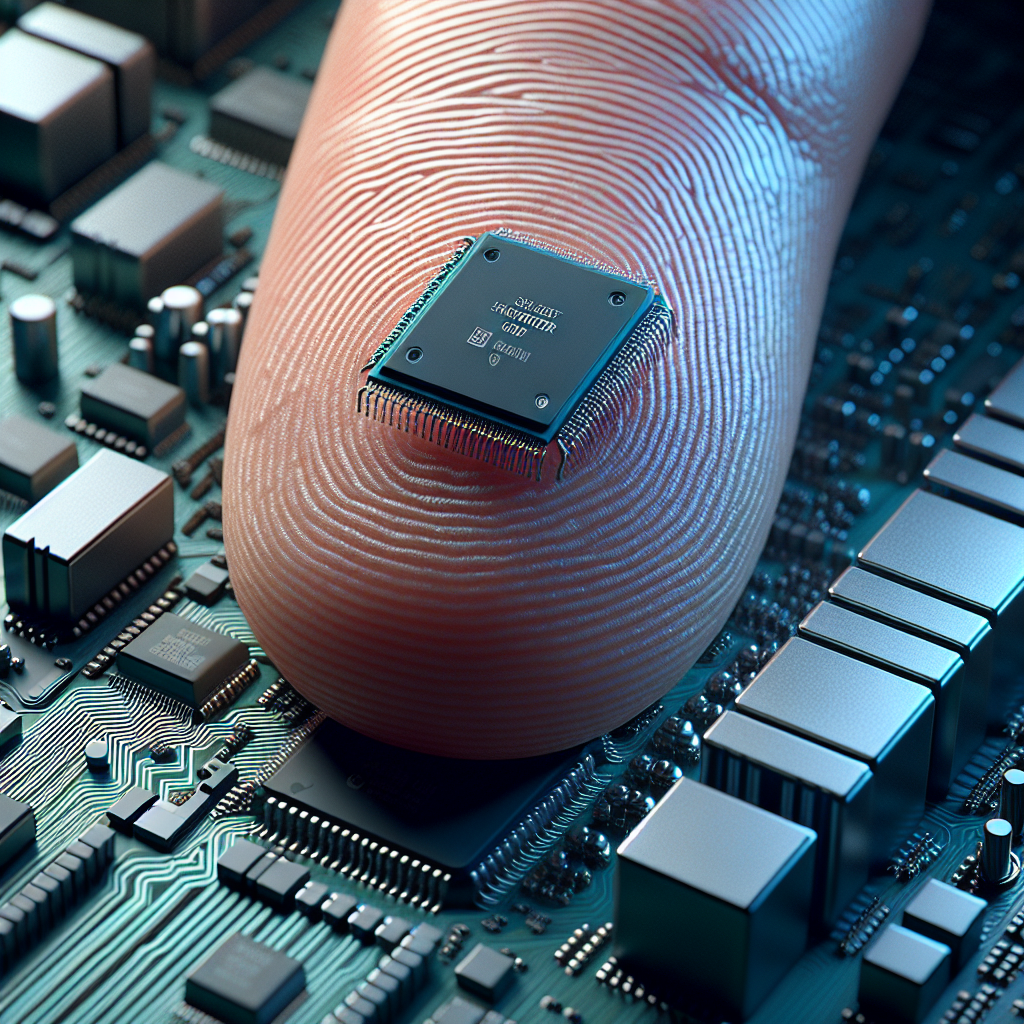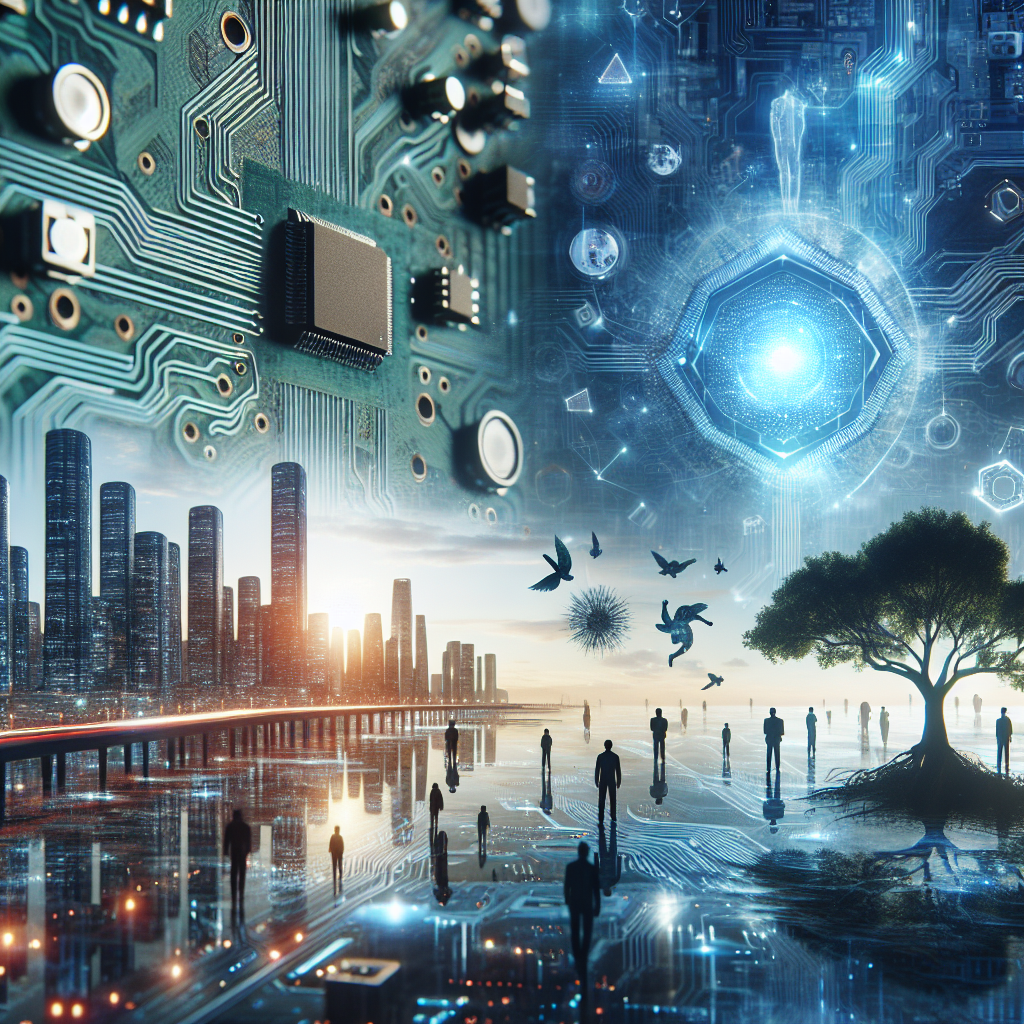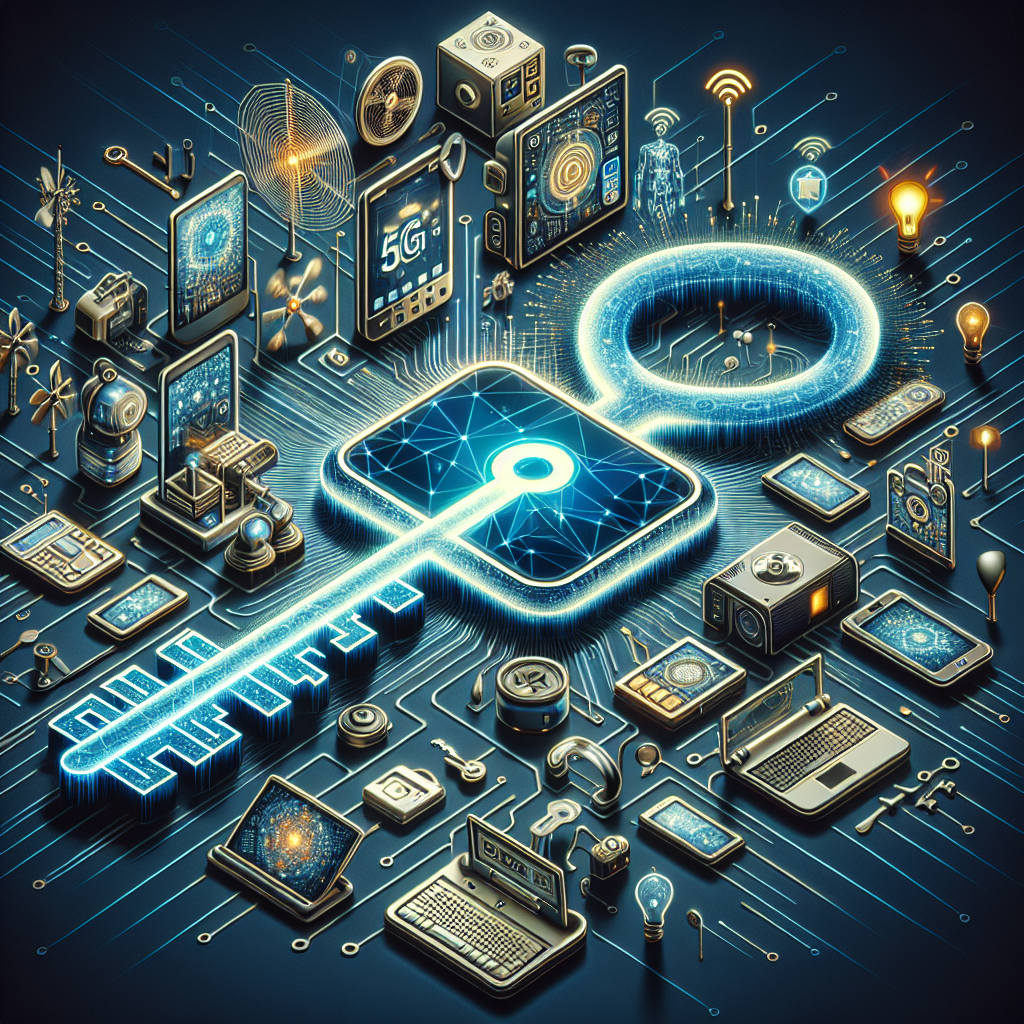Exploring the Smallest Computer: A Marvel of Modern Technology
From room-sized machines to devices that fit in the palm of your hand, computers have drastically shrunk over the decades. The journey toward the smallest computer ever made reflects leaps in engineering, nanotechnology, and microfabrication. Today, “smallest computer” is more than just a title—it’s a gateway to innovations in medicine, space exploration, and artificial intelligence. Understanding these tiny machines reveals how scale influences power, efficiency, and possibility.
The Evolution of Miniaturization in Computing
The story of the smallest computer is intertwined with the relentless pursuit of miniaturization. Early computers filled entire buildings and consumed massive electrical power. Over time, transistors replaced vacuum tubes, integrated circuits followed, and microprocessors changed the landscape entirely.
From ENIAC to Microprocessors
– ENIAC, built in 1945, weighed over 27 tons and occupied 1,800 square feet.
– The introduction of the microprocessor in the 1970s compressed computing power into a single chip.
– Subsequent advancements allowed components to shrink, enabling laptops, smartphones, and now wearable devices.
This progression set the stage for developing the smallest computer, where engineers faced unique challenges related to power, heat dissipation, and data processing capability.
Technological Breakthroughs Enabling Size Reduction
– Nanotechnology and MEMS (Micro-Electro-Mechanical Systems) have allowed mechanical and electrical systems on a microscopic scale.
– Advances in semiconductor fabrication can produce components at nanometer scale, with billions of transistors on a single chip.
– Energy-efficient designs and wireless communication support operational functionality despite the reduced size.
The Smallest Computer Ever Made: A Closer Look
Among the contenders for the smallest computer title, one device stands out for its astonishing dimensions and capabilities. In 2018, researchers at the University of Michigan announced the creation of the smallest computer ever made, measuring just 0.3 mm on each side—smaller than a grain of rice.
Specs That Defy Expectations
Despite its size, this computer includes:
– A processor
– Memory
– Wireless transmitter
– Power storage
The device can perform basic computing functions, be programmed wirelessly, and send data to external devices. Its dimensions make it especially interesting for applications requiring minimal invasiveness or extensive deployment in tiny environments.
What Makes This Smallest Computer Unique?
Unlike traditional computers that require external power and peripherals, this tiny computer operates autonomously. It integrates everything necessary for simple computing tasks into an ultra-compact package, demonstrating a new paradigm in embedded computing.
Designed primarily as a proof of concept, it showcases how far the smallest computer concept can go while still maintaining useful functionality.
Applications of the Smallest Computer in Real Life
The practical uses for such miniaturized devices span diverse fields, harnessing the power of the smallest computer to solve complex problems in novel ways.
Medical Technology Transformations
– Implantable devices monitor vital signs or deliver targeted drug therapies without invasive procedures.
– Tiny sensors powered by the smallest computers track cell activities or disease markers at microscopic levels.
– These devices promise to revolutionize personalized medicine through remote monitoring and smart treatment systems.
Environmental and Industrial Monitoring
– Distributed networks of microscopic sensors embedded in environments gather large-scale data without disrupting ecosystems.
– Industrial machinery benefits from embedded computers that track operational conditions and predict maintenance needs.
– The smallest computer improves spatial resolution and data fidelity, enabling smarter automation.
Challenges in Creating and Deploying the Smallest Computer
While the achievements are impressive, numerous obstacles remain when working at this scale.
Power and Energy Constraints
– Miniature size limits battery capacity, necessitating ultra-low-power chips and energy-harvesting techniques.
– Wireless energy transfer or ambient energy sources like light and heat help sustain operation but add complexity.
– Balancing computational ability with power consumption remains critical.
Manufacturing and Integration
– Fabricating components at nanoscales increases cost and requires extreme precision.
– Integrating sensors, processors, and communication modules in a unified small package remains challenging.
– Handling and deploying these tiny devices often require specialized equipment and protocols.
The Future of the Smallest Computer and Emerging Trends
The smallest computer is poised to become more powerful, efficient, and versatile, transforming numerous industries and research fields.
Advancements on the Horizon
– Quantum computing elements integrated at nanoscale could soon push computing boundaries beyond classical limitations.
– New materials such as graphene and other 2D substances promise smaller, faster, and more energy-efficient components.
– Artificial intelligence algorithms optimized for miniature hardware will enhance autonomous decision-making.
Implications for IoT and Beyond
– Embedded in everyday objects, the smallest computer expands the Internet of Things to previously inaccessible scales.
– From smart textiles to environmental micro-networks, these computers enable seamless connectivity and data exchange.
– Enhanced miniaturization could foster innovations in robotics, space exploration, and smart cities.
Resources to Learn More About the Smallest Computer
For readers eager to explore deeper, reputable sources provide comprehensive insights into this area:
– University of Michigan’s press release on their smallest computer breakthrough ([link](https://news.umich.edu/meet-the-world-s-smallest-computer/))
– IEEE Spectrum’s coverage of nanocomputing and microelectronics
– Articles on MEMS and nanotechnology in ScienceDirect journals
Understanding the smallest computer promotes awareness of emerging technologies that are set to reshape many aspects of daily life and industry.
Unlocking the Potential of the Smallest Computer
The smallest computer represents a remarkable technological achievement emphasizing how size can empower new possibilities. From medical breakthroughs to the future expansion of intelligent networks, these tiny devices embody innovation and promise.
Explore how the smallest computer could impact your field or interests and stay informed on developments shaping tomorrow’s tech landscape. For personalized guidance or inquiries, feel free to visit or connect at khmuhtadin.com and take a step closer to embracing the future of ultra-miniature computing.



